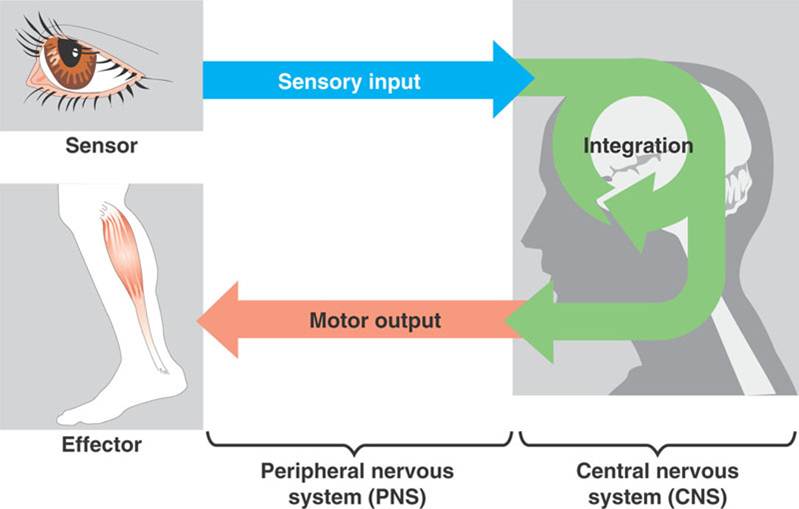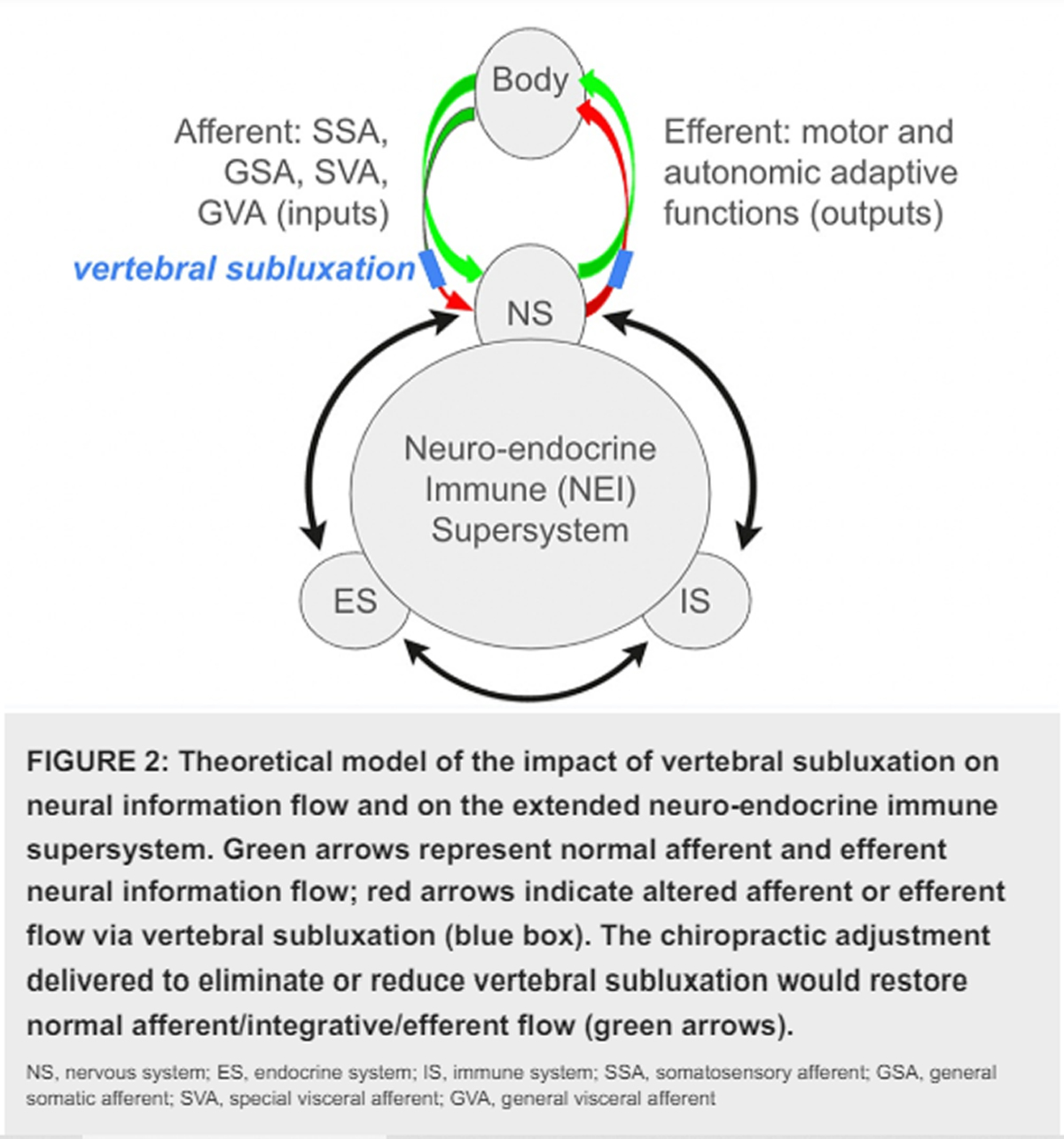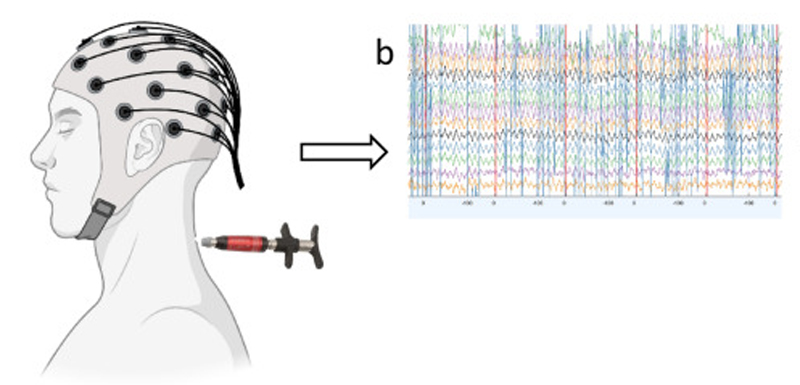Chiropractic Lexicon: Useful or Not?
SOURCE: Asia Pacific Chiropractic Journal 2023; 3.3
David Cahill, BAppSc(Chiro)
President,
Australian Chiropractors Association
Obtaining an ultimate definition of this ‘something’ we have been addressing, successfully, for over 125 years is elusive, yet this allows flexibility when defining it within different contexts. This provides space for chiropractors to do this (both consciously and subconsciously) every day in practice, and over time to use their growing experience to add complexity and subtlety to their conceptual framework, and their application of their science and art. Millions of patients over the years would attest to the value in that.
Indexing Terms: chiropractic; subluxation; definition; lexicon; rhetoric
From the FULL TEXT Article:
We all address something
For well over a century, chiropractors have successfully been addressing ‘something’, primarily within the spine and its adjacent structures. They observed a phenomenon and devised ways to impact upon it. This resulted in health outcomes significant enough to grow a profession, and an associated body of literature evidence.
Words were chosen
It was chosen early on to use the term subluxation, which is understandable as it often feels to palpation that some sort of misplacement is involved. Right from the very start, it was more than a ‘bone out of place’. Neurological involvement was part of the concept from the beginning, endeavouring to explain the body-wide effects that were observed.
Concepts were developed
Over the years, conceptual frameworks for the ‘something’ were developed. This conceptual development was significantly clinician-driven and therefore, one would imagine, informed and motivated by patient outcomes; to this day our great strength. With time, these frameworks gained considerable complexity, and diversity. Again, this is understandable, as human beings are both complex and diverse. For example, the SOT group had a focus on dural attachments, CSF flow, and their relationship to the functioning of the sacrum and cranium; the various upper cervical techniques zeroed-in on adjusting C0, C1 and C2; Logan had more of a base-up approach, as did Gonstead, etc.
There are more articles like this @ our:
The difficulty of definition
The diversity across the various conceptualisations determined that the meaning behind the chiropractic use of the word subluxation, and the understanding of the phenomenon it represents, remained (and remains) an evolving science and art. To distil its definition down to one specific, definitive phrase is difficult. Some see this difficulty as being emblematic of a need to question its very existence. Yet different nuances associated with the definition may be very useful when working within different settings:
When learning palpation, a working definition which encourages a focus upon the positional and movement aspects of a vertebral motor unit is probably essential
If considering a patient from a neurological perspective, such as the potential effects of reduced parietal lobe stimulation, resulting in reduced frontal lobe activity and uninhibited temporal lobe activity, a subluxation framework which includes the effects of aberrant afferent input from the cervical muscle spindles and joint mechanoreceptors will be useful
When looking at postural distortion, a more global concept of subluxation that incorporates broader geometrical and biomechanical patterns may be advantageous.
A conceptual framework is not reality. It is always an approximation of reality, a limited view of the whole, much like our sensory perception, and maybe even our entire existence! Such a statement is not a criticism of having frameworks, concepts, belief systems, etc. They are omnipresent, and imperative, for us to live in this world and make some sense of our existence. Wisdom perhaps involves realising that multiple frameworks exist and being ok with it.
The chiropractic concept of subluxation may be more than one definition or framework can hope to describe. Dr Heidi Haavik, one of the most impressively published chiropractic researchers of our time, uses different definitions for subluxation at different times:
Commonly in her presentations to chiropractors she has referred to it as ‘a central segmental motor control problem’
On page 9 of her book The Reality Check, she describes it as ‘a dysfunctional area of the spine that negatively affects health and wellbeing, due to its influence on the nervous system’.
In her glossary of the same book, it is ‘a joint in the spine that is not moving correctly, and which is negatively impacting health and wellbeing’
She utilises ‘subclinical neck pain’ in her research as a way to incorporate the detection of cervical subluxation in asymptomatic subjects.
These are different definitions for use in different contexts and for different audiences. This may present a challenge for an outside observer, yet for any chiropractor well-schooled in the art and science, there is no problem understanding the different contexts and the co-existing definitions. In fact, they can fill out our understanding, and allow room for exploration and evolution of the concept.
A historical exemplar
About 2500 years ago, Lao Tzu wrote the Tao Te Ching. This text spawned Taoism and became one of the most influential pieces of writing ever to emerge from the most populated nation on Earth. This occurred despite great difficulties and ambiguities in translating the ancient Chinese text into modern Chinese, and then into other languages, and also despite definitions of its various components being notoriously difficult to obtain. The word Tao, for example, is variously translated as ‘way’, ‘path’, ‘route’, ‘road’, ‘doctrine’ and ‘principle’, and yet all these translations are woefully inadequate. Lao Tzu even writes at the very outset: ‘The Tao that can be told, is not the true Tao’ and ‘The Tao itself has no form, it can never be named’. Yet the single word ‘Tao’ is the very core of the Tao Te Ching. Its 5000 words ‘speak of this Tao and of nothing else’. I contend this is an example of an elusive definition not precluding the holding of great meaning.
All we need is love?
Likewise, love, a ubiquitous term, is notoriously difficult to define. We might say we love our mother, and in another breath say we love Vegemite on toast! Same word, different context and even meaning, but an effective way of communicating because we have developed an understanding of what we mean when we use the word, even in significantly different contexts. Is romantic love simply the result of a cocktail of neurotransmitters, or does it encompass something greater? Philosophers, poets and scientists all have their own take on it, and I would suggest all have some validity. Is one better than the other? I would say not, they all add to our conceptual framework, hopefully build upon our understanding, and add richness to the fabric of our lives.
What about our lexicon?
Obtaining an ultimate definition of this ‘something’ we have been addressing, successfully, for over 125 years is elusive, yet this allows flexibility when defining it within different contexts. This provides space for chiropractors to do this (both consciously and subconsciously) every day in practice, and over time to use their growing experience to add complexity and subtlety to their conceptual framework, and their application of their science and art. Millions of patients over the years would attest to the value in that.
A rich conceptualisation is carried within our unique lexicon. Using the term subluxation for that ‘something’ is central to our lexicon and would be jettisoned at our peril. I encourage all members to find their own zone of comfort and place within our profession’s rich lexicon, and to mutually respect colleagues as they find and practice theirs.
David Cahill, BAppSc(Chiro)
President, Australian Chiropractors Association
Australia






Leave A Comment